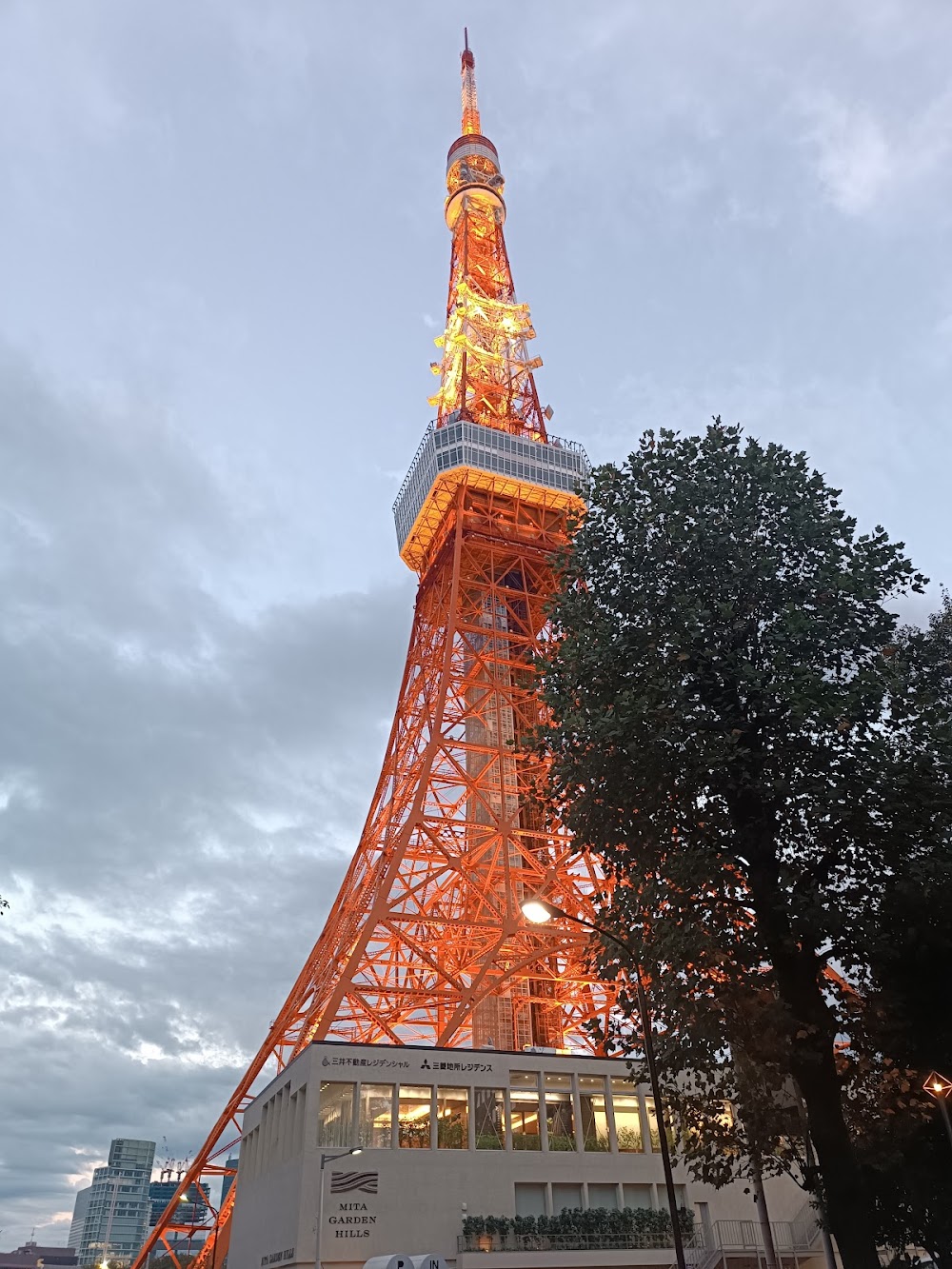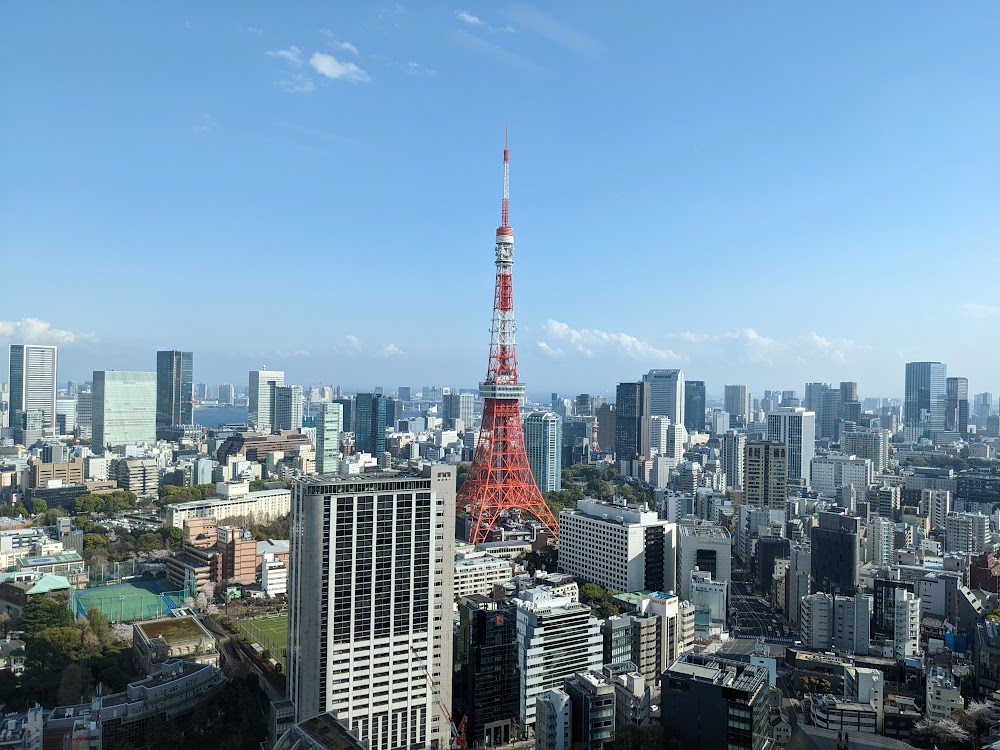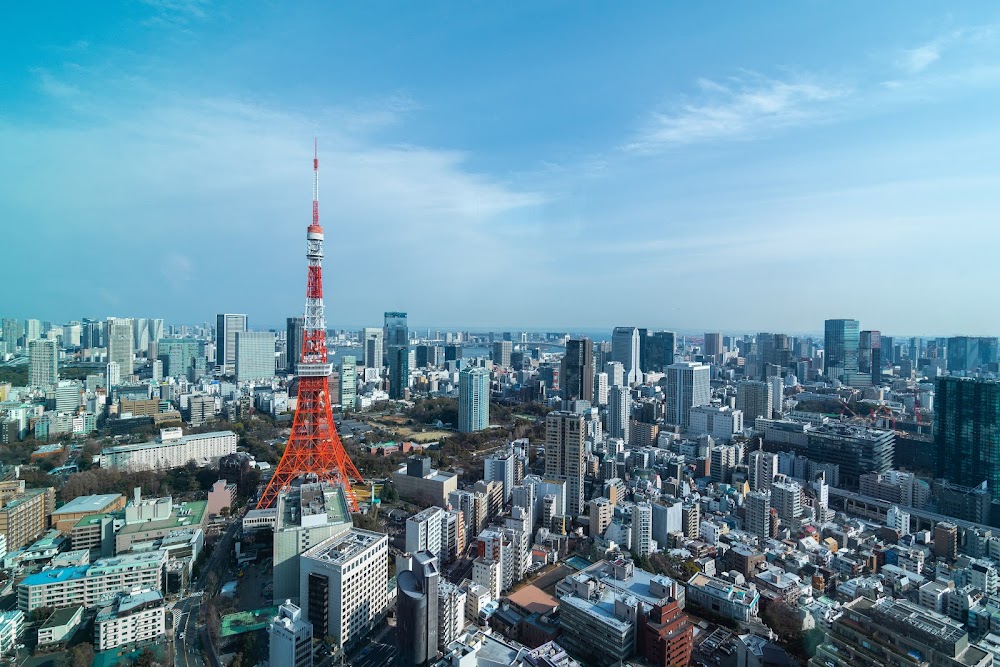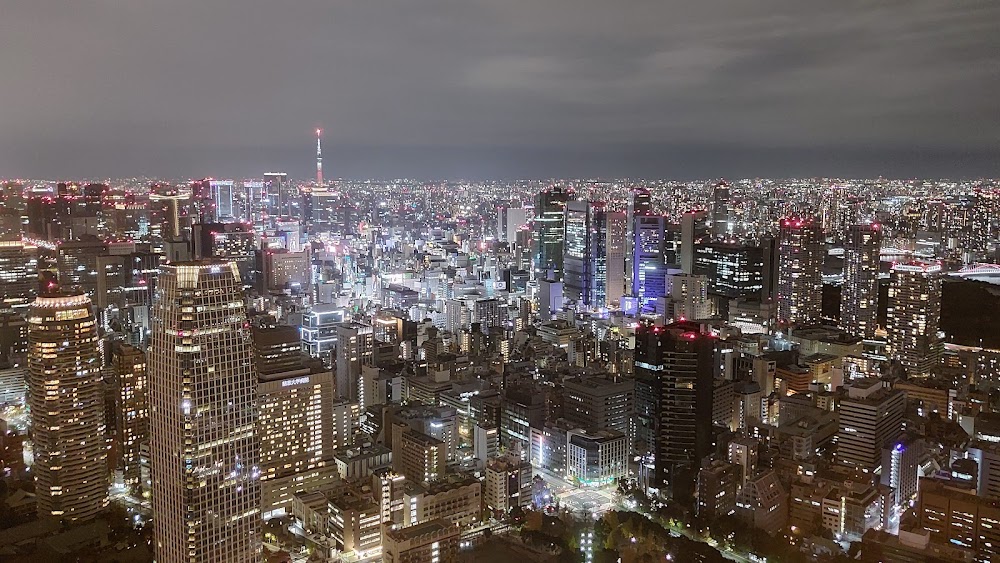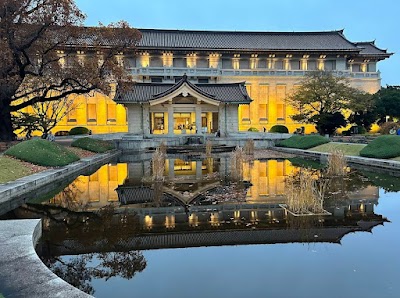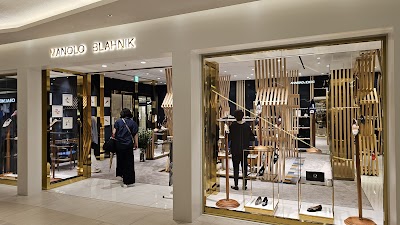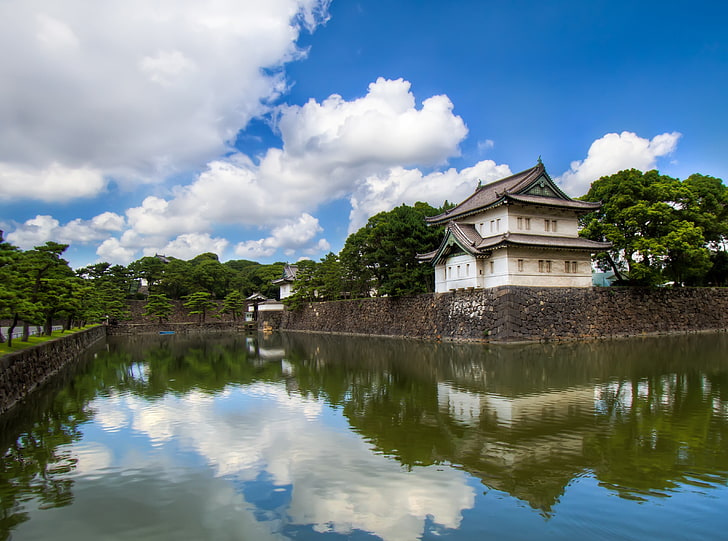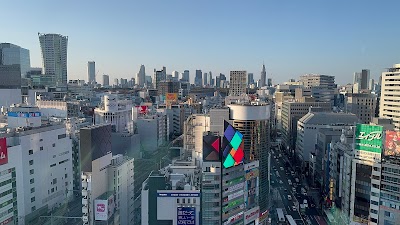Tokyo Tower (東京タワー)
Overview
Tokyo Tower stands majestically in the heart of Tokyo, Japan. Constructed between 1957 and 1958, this iconic structure was inspired by the Eiffel Tower in Paris, yet surpasses it in height, reaching an impressive 333 meters (1,093 feet). It has become a symbol of post-war Japan’s rebirth and resilience.
The decision to build Tokyo Tower was made by the Japanese government in collaboration with NHK, Japan's national public broadcasting organization. Its primary purpose was to serve as a telecommunications and television broadcasting antenna, essential for addressing Japan's growing broadcasting needs. To achieve this, a structure taller than any nearby buildings was crucial for ensuring clear transmission.
The tower was skillfully engineered by Tachū Naitō, a celebrated architect known for designing earthquake-resistant buildings—a vital consideration given Japan’s seismic activity. The construction was executed by the Takenaka Corporation, a prominent Japanese construction firm experienced in handling large-scale projects.
Tokyo Tower features a latticed steel structure painted in bright orange and white, adhering to aviation safety regulations. Remarkably, over 4,000 tons of steel were utilized in its construction, with about one-third of that being recycled from U.S. tanks left behind after the Korean War.
At the base of Tokyo Tower lies a four-story building known as FootTown. Here, visitors can explore a variety of attractions, including museums, restaurants, and shops. The lower floors often host exhibitions and art galleries, while the upper floors offer amenities such as souvenir shops and dining options, enriching the overall visitor experience.
For those seeking breathtaking views of the city, two observation decks await. The Main Observatory, located at 150 meters (492 feet), and the Top Deck, positioned at 250 meters (820 feet), provide stunning panoramic views of the Tokyo skyline. On clear days, guests may even catch a glimpse of the majestic Mount Fuji.
The tower’s dynamic lighting is another highlight. Renowned lighting designer Motoko Ishii created an innovative scheme that utilizes LED lights to change colors and patterns for special events and seasonal celebrations. This adds to the tower’s allure, making it a striking presence in Tokyo’s skyline, especially after sunset.
Today, Tokyo Tower serves not only as a broadcasting tower but also as a popular tourist destination. Despite the rise of the taller Tokyo Skytree, it continues to draw millions of visitors each year, offering a captivating blend of history, culture, and modernity.
In essence, Tokyo Tower embodies Japan's modernization and resilience, representing the nation’s forward-looking spirit. Its ongoing use and renovations showcase how traditional structures can adapt to contemporary needs while preserving their cultural significance.
Overall, Tokyo Tower remains a cherished landmark, standing as a testament to Japan’s post-war development and architectural ingenuity.


